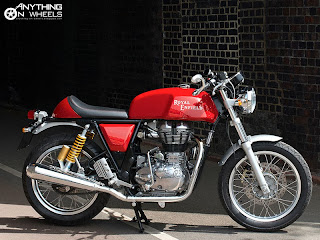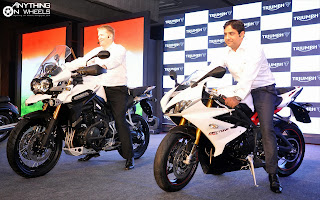Ever since Nissan announced the revival of its Datsun brand for emerging markets like India, Russia and Indonesia, there was an air of optimism that the demands of these markets would be met perfectly with this new brand. And when Carlos Ghosn, President and CEO of Nissan, relaunched Datsun and unveiled its first model 'Go' at an event in Gurgaon last July, the expectations were kind of fulfilled.
Slated to go on sale sometime in 2014, Nissan seems to be getting busy with its preparations for the Datsun Go. Late last week, a regular reader of our blog spotted a Datsun Go being tested in Chennai with its badges and logos masked. Immediately afterwards, the same reader happened to spot a couple of dealership demo cars as well and shot a video of the cars passing by. The test car came with the same 'sky blue' shade that was used by Nissan during the unveiling. The demo cars however were painted white and beige. With the demo cars being the touch-point of customers, it is quite obvious that top-end variants, with a few accessories like rear spoiler thrown in, are earmarked for the purpose.
As we said before, the Datsun Go looks promising with the hexagonal grille up front and the prominent character lines in the profile and rear dominating an otherwise conservative design. The interiors are a mixed bag as well, with a few evident cost-cutting touches contrasting with many other parts shared with the relatively-premium Nissan Micra. With a wheelbase that's apparently the same as Micra, the Datsun Go promises to be amongst the most spacious cars in its segment. Expected to be powered by the same 1.2-liter engine that powers the Micra, the Datsun Go will be launched with a price tag that's less than INR 4 Lakhs and pitted against top-selling models like the Maruti-Suzuki Wagon-R and Hyundai i10.
Ticking all the necessary boxes like styling, competitive pricing, a frugal engine and a spacious and comfortable cabin, the Datsun Go has the potential to make it big in the Indian market. What remains to be seen is how Nissan positions, handles and markets the new brand.




















































